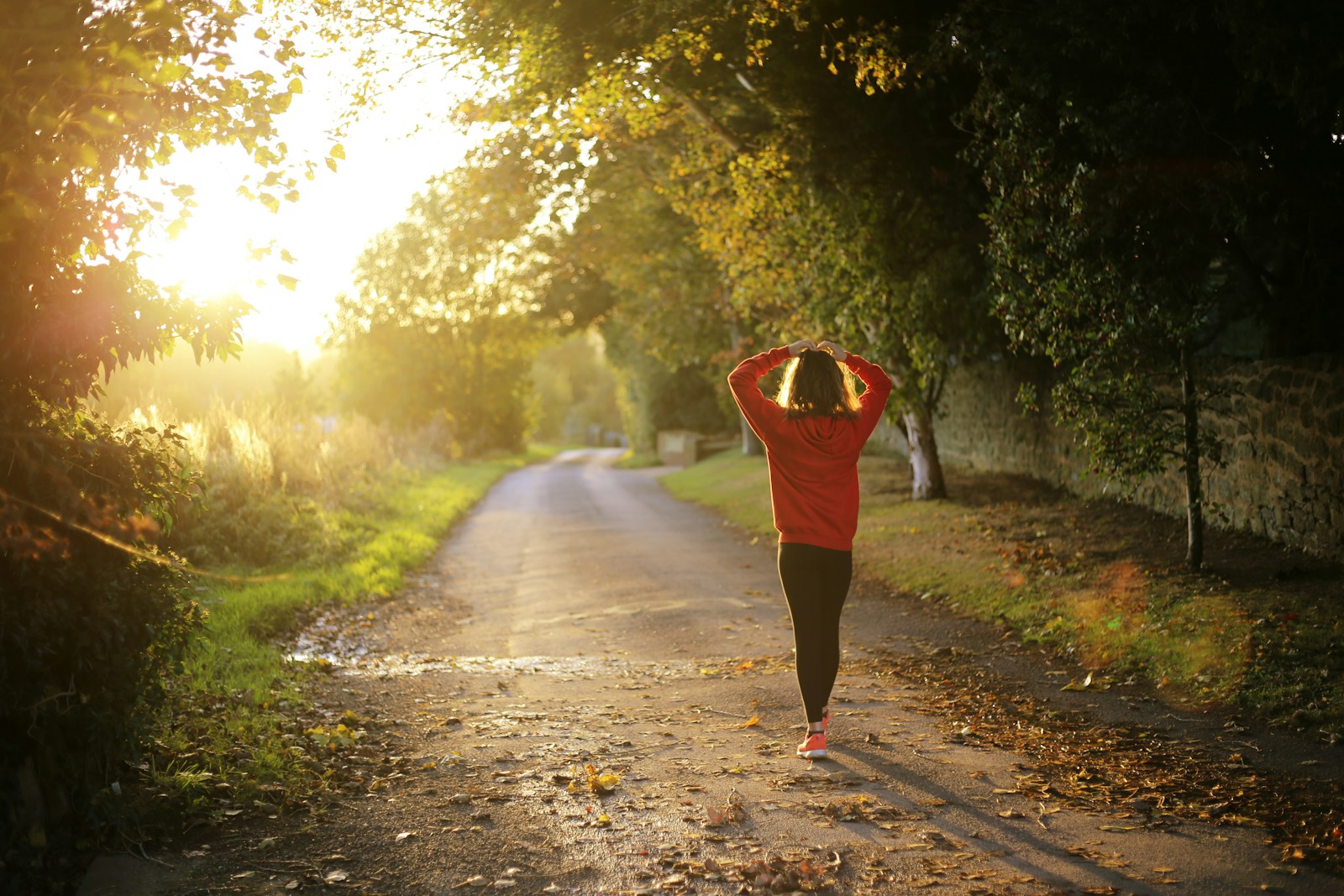Napping has long been a practice embraced by various cultures around the world, and its benefits extend far beyond mere indulgence. Research has shown that a short nap can significantly enhance cognitive function, improve mood, and boost overall productivity. For instance, a study conducted by NASA found that a 10-minute nap can lead to improved alertness and performance, particularly in individuals who are sleep-deprived.
This is particularly relevant in our fast-paced society, where the demands of work and life often lead to chronic fatigue. A brief respite can serve as a reset button for the brain, allowing individuals to return to their tasks with renewed focus and energy. Moreover, napping has been linked to various health benefits.
Regular napping can help reduce stress levels, lower the risk of heart disease, and even improve memory retention. The act of napping allows the body to enter a state of relaxation, which can counteract the physiological effects of stress. Additionally, during sleep, the brain consolidates memories and processes information, making napping an effective tool for students and professionals alike.
The restorative effects of napping are not just anecdotal; they are supported by scientific evidence that underscores the importance of sleep in maintaining optimal health and cognitive function.
Key Takeaways
- Napping can improve alertness, mood, and performance
- The perfect nap time is between 10-20 minutes to avoid grogginess
- Create an ideal nap environment by making the room dark, quiet, and comfortable
- Tips for falling asleep quickly include deep breathing and progressive muscle relaxation
- Maximize the benefits of a short nap by avoiding caffeine and creating a consistent nap schedule
Finding the Perfect Nap Time
Determining the ideal time for a nap is crucial for maximizing its benefits. The body’s natural circadian rhythms play a significant role in dictating when we feel sleepy or alert. Generally, the early afternoon, particularly between 1 PM and 3 PM, is considered the optimal window for napping.
This period aligns with a natural dip in energy levels that many people experience post-lunch. Napping during this time can help counteract the afternoon slump that often leads to decreased productivity and focus. However, individual differences must also be taken into account when selecting a nap time.
Factors such as personal schedules, sleep patterns, and lifestyle can influence when one might benefit most from a nap. For instance, someone who wakes up very early may find that a mid-morning nap is more beneficial than an afternoon one. Conversely, night owls who tend to stay up late may find that napping later in the day helps them recharge before their evening activities.
Understanding one’s own body clock is essential for optimizing nap timing and ensuring that it serves its intended purpose.
Creating the Ideal Nap Environment
The environment in which one naps can significantly impact the quality of the rest obtained. A conducive napping space should be quiet, dark, and cool to facilitate relaxation and sleep onset. Reducing noise levels can be achieved through various means, such as using earplugs or white noise machines that mask disruptive sounds.
Additionally, creating a dark environment can be accomplished by using blackout curtains or an eye mask to block out light, which is crucial for signaling to the body that it is time to rest. Temperature also plays a vital role in creating an ideal napping environment. Studies suggest that a cooler room temperature can promote better sleep quality.
The optimal range is typically between 60 to 67 degrees Fahrenheit (15 to 19 degrees Celsius). Furthermore, comfort is paramount; using soft bedding or a cozy blanket can enhance the napping experience. By paying attention to these environmental factors, individuals can create a sanctuary for rest that maximizes the restorative benefits of napping.
Tips for Falling Asleep Quickly
| Tip | Description |
|---|---|
| Avoid caffeine | Avoid consuming caffeine in the afternoon and evening as it can interfere with sleep. |
| Establish a bedtime routine | Develop a relaxing routine before bed to signal to your body that it’s time to wind down. |
| Avoid screens | Avoid electronic screens before bed as the blue light can disrupt your body’s natural sleep-wake cycle. |
| Limit naps | Avoid long naps during the day, as they can make it harder to fall asleep at night. |
| Exercise regularly | Regular physical activity can help you fall asleep faster and enjoy deeper sleep. |
Falling asleep quickly during a nap can sometimes be challenging, especially in a busy or distracting environment. To facilitate quicker sleep onset, it is helpful to establish a pre-nap routine that signals to the body that it is time to wind down. This could include activities such as deep breathing exercises or gentle stretching to relax both the mind and body.
Engaging in mindfulness or meditation techniques can also help clear mental clutter and prepare for rest. Another effective strategy is to limit screen time before napping. The blue light emitted by electronic devices can interfere with the body’s natural sleep-wake cycle by suppressing melatonin production.
Instead of scrolling through social media or watching videos, consider reading a book or listening to calming music as part of your pre-nap ritual. Additionally, setting an alarm can alleviate anxiety about oversleeping, allowing you to relax fully without worrying about losing track of time.
Maximizing the Benefits of a Short Nap
Short naps, often referred to as power naps, can be incredibly effective when executed correctly. The key to maximizing their benefits lies in keeping them brief—typically between 10 to 30 minutes. This duration allows individuals to enter the lighter stages of non-REM sleep without delving into deeper sleep cycles, which can lead to grogginess upon waking.
A quick nap can refresh cognitive function and enhance alertness without causing sleep inertia. To further enhance the effectiveness of short naps, consider incorporating them into your daily routine consistently. Regularly scheduled naps can train your body to expect rest at certain times, making it easier to fall asleep quickly and wake up feeling rejuvenated.
Additionally, pairing napping with other healthy habits—such as regular exercise and proper hydration—can amplify its positive effects on overall well-being. By integrating short naps into a balanced lifestyle, individuals can harness their full potential for improved performance and health.
The Science of Power Naps
The concept of power naps has garnered significant attention from researchers and sleep experts alike due to their profound impact on cognitive performance and alertness. Scientific studies have demonstrated that even brief periods of sleep can lead to measurable improvements in memory recall, problem-solving abilities, and creative thinking. For example, research published in the journal “Sleep” found that participants who took a 20-minute nap performed better on tasks requiring attention and memory compared to those who remained awake.
The physiological mechanisms behind power naps are equally fascinating. During short naps, the brain undergoes processes that enhance synaptic plasticity—the ability of synapses to strengthen or weaken over time—thereby facilitating learning and memory consolidation. This phenomenon explains why students often benefit from napping after studying; it allows their brains to process and retain new information more effectively.
Understanding these scientific principles underscores the value of incorporating power naps into daily routines for anyone looking to boost cognitive function.
Napping for Shift Workers and Night Owls
For shift workers and night owls, napping can be an essential strategy for managing irregular sleep patterns and combating fatigue. Shift workers often face unique challenges due to their non-traditional hours, which can disrupt circadian rhythms and lead to chronic sleep deprivation. Strategic napping can help mitigate these effects by providing an opportunity for restorative rest during breaks or before shifts begin.
Night owls, on the other hand, may struggle with societal norms that favor early risers. For those who naturally feel more alert later in the day or evening, incorporating naps into their schedules can help bridge the gap between their biological clock and external demands. A well-timed nap can provide much-needed energy boosts during periods of low alertness while allowing night owls to maintain their preferred sleep schedules without sacrificing productivity.
Napping Etiquette: How to Nap Without Offending Others
While napping offers numerous benefits, it is essential to consider social etiquette when engaging in this practice in shared spaces or workplaces. To nap without offending others, it is crucial to be mindful of your surroundings and choose appropriate locations for rest. If possible, opt for quiet areas where you are less likely to disturb others or be disturbed yourself.
Additionally, communicating your intentions with colleagues or family members can help set expectations around your napping habits. For instance, if you work in an office environment where napping is not common practice, discussing your need for short breaks with your supervisor may foster understanding and support for your well-being initiatives. Ultimately, being considerate of others while prioritizing your own need for rest can create a harmonious balance that benefits everyone involved.





